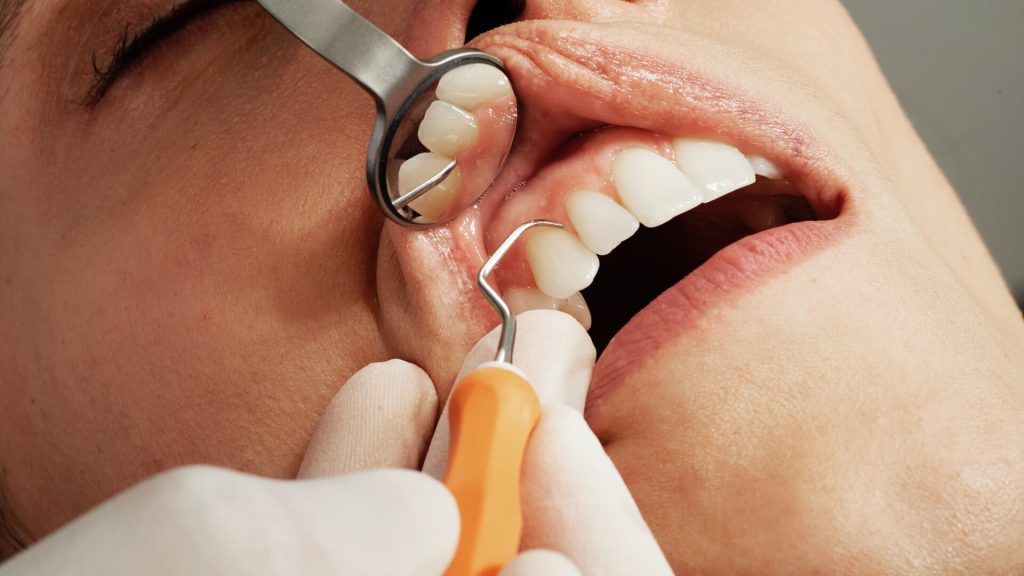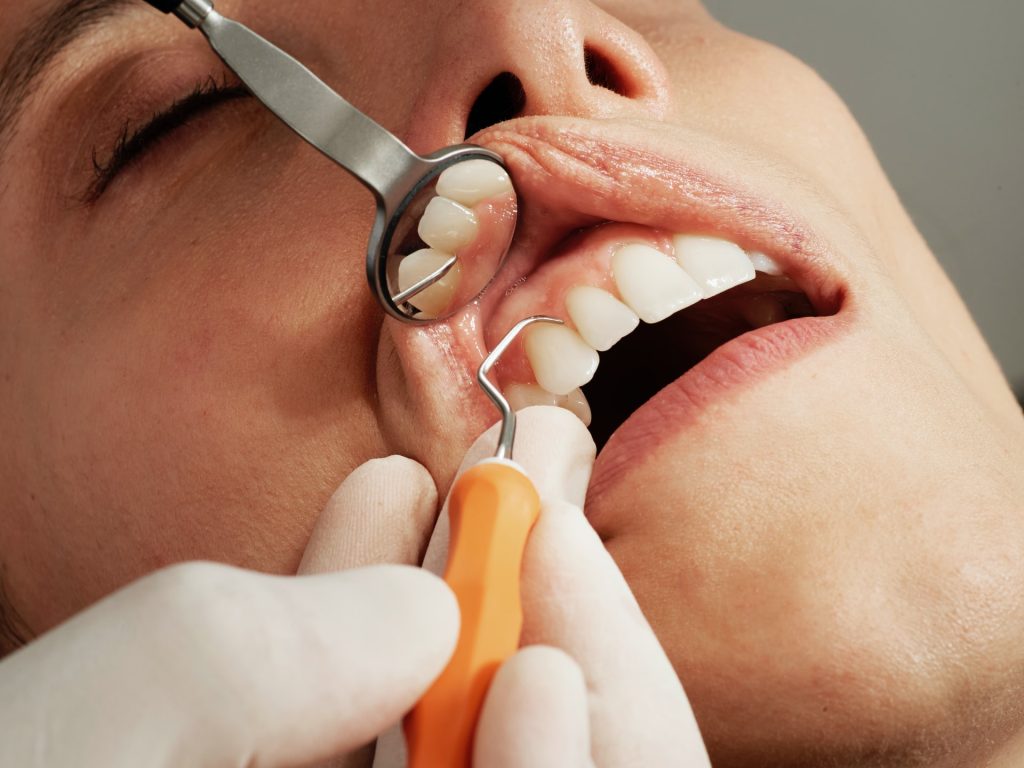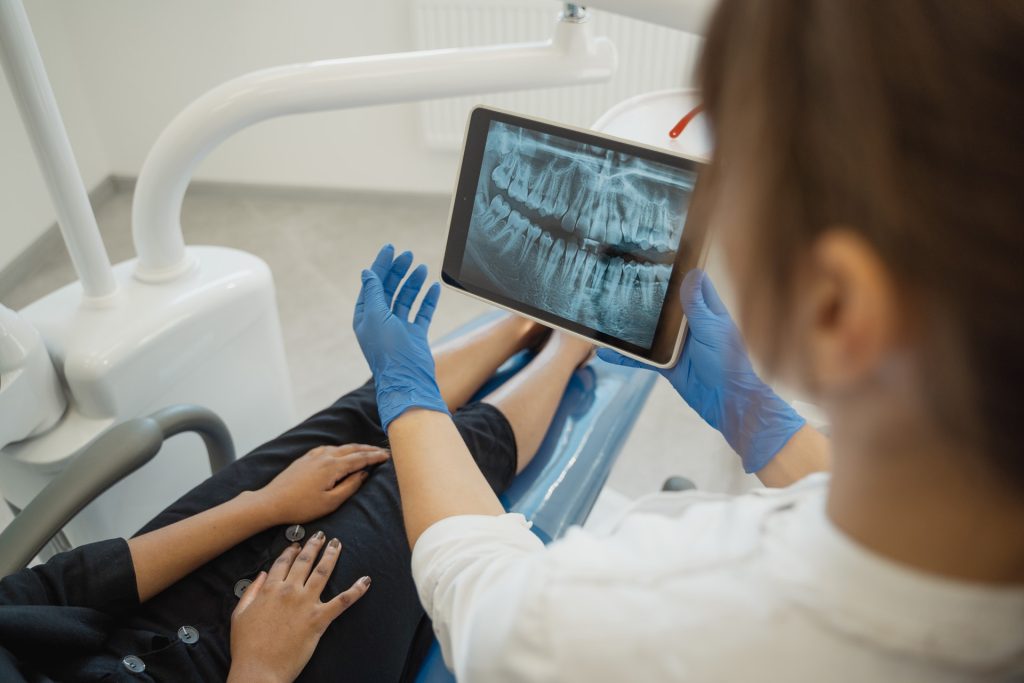Vaping Device Use Tied to Increased Risk of Developing Cavities

Research published in The Journal of the American Dental Association found patients who said they used vaping devices were more likely to have a higher risk of developing cavities. The findings of this study on the association between vaping and risk of caries serve as an alert that this once seemingly harmless habit may be very detrimental, says Karina Irusa, assistant professor of comprehensive care at Tuftst University and lead author on the paper.
Over the last few years, public awareness has increased about the dangers of vaping to systemic health, particularly after the use of vaping devices was tied to lung disease. Some dental research has shown ties between e-cigarette use and increased markers for gum disease, and, separately, damage to the tooth’s enamel, its outer shell. But relatively little emphasis has been placed on the intersection between e-cigarette use and oral health, even by dentists, says Irusa.
Irusa says that the finding may be just a hint of the damage vaping causes to the mouth. “The extent of the effects on dental health, specifically on dental decay, are still relatively unknown,” she says. “At this point, I’m just trying to raise awareness,” among both dentists and patients.
This study, Irusa says, is the first known specifically to investigate the association of vaping and e-cigarettes with the increased risk for getting cavities. She and her colleagues analysed data from more than 13 000 patients older than 16 who were treated at Tufts dental clinics from 2019–2022.
Irusa found a significant difference in dental caries risk levels between the e-cigarette/vaping group and the control group. Some 79% of the vaping patients were categorised as having high-caries risk, compared to just about 60% of the control group. The vaping patients were not asked whether they used devices that contained nicotine or THC, although nicotine is more common.
“It’s important to understand this is preliminary data,” Irusa says. “This is not 100% conclusive, but people do need to be aware of what we’re seeing.” Further studies need to be done, and Irusa wants to take a closer look at how vaping affects the microbiology of saliva.
One reason why e-cigarette use could contribute to a high risk of cavities is the sugary content and viscosity of vaping liquid, which, when aerosolised and then inhaled through the mouth, sticks to the teeth. (A 2018 study published in the journal PLOS One likened the properties of sweet-flavoured e-cigarettes to gummy candies and acidic drinks.) Vaping aerosols have been shown to change the oral microbiome making it more hospitable to decay-causing bacteria. It’s also been observed that vaping seems to encourage decay in areas where it usually doesn’t occur – such as the bottom edges of front teeth. “It takes an aesthetic toll,” Irusa says.
The Tufts researchers recommend that dentists should routinely ask about e-cigarette use as part of a patient’s medical history, including paediatric dentists who see adolescents. According to the FDA/CDC, 7.6% of middle- and high-school students said they used e-cigarettes in 2021.
The researchers also suggest patients who use e-cigarettes should be considered for a “more rigorous caries management protocol,” which could include prescription-strength fluoride toothpaste and fluoride rinse, in-office fluoride applications, and checkups more often than twice a year.
“It takes a lot of investment of time and money to manage dental caries, depending on how bad it gets,” Irusa says. “Once you’ve started the habit, even if you get fillings, as long as you continue, you’re still at risk of secondary caries. It’s a vicious cycle that will not stop.”
Source: Tufts University




